-
 bitcoin
bitcoin $110415.485139 USD
-1.74% -
 ethereum
ethereum $3914.309383 USD
-1.58% -
 tether
tether $1.000075 USD
0.00% -
 bnb
bnb $1116.910315 USD
1.41% -
 xrp
xrp $2.562069 USD
-1.96% -
 solana
solana $193.888910 USD
-0.02% -
 usd-coin
usd-coin $0.999800 USD
-0.01% -
 dogecoin
dogecoin $0.192383 USD
-0.47% -
 tron
tron $0.296815 USD
0.66% -
 cardano
cardano $0.641286 USD
-0.18% -
 hyperliquid
hyperliquid $47.495653 USD
-0.35% -
 chainlink
chainlink $18.106533 USD
1.42% -
 bitcoin-cash
bitcoin-cash $561.296588 USD
0.00% -
 stellar
stellar $0.316591 USD
-0.21% -
 ethena-usde
ethena-usde $0.999227 USD
-0.01%
A Practical Guide to the Money Flow Index (MFI) for Overbought/Oversold Bitcoin
The Money Flow Index (MFI) combines price and volume to gauge Bitcoin’s momentum, helping traders spot overbought (>80) or oversold (<20) conditions and potential reversals.
Oct 29, 2025 at 09:18 pm

Understanding the Money Flow Index in Bitcoin Trading
1. The Money Flow Index (MFI) is a momentum oscillator that measures the flow of money into and out of an asset over a specific period, typically 14 days. Unlike traditional volume indicators, MFI incorporates both price and volume to provide a more comprehensive view of market sentiment. In the context of Bitcoin, this makes it especially useful due to the cryptocurrency’s high volatility and strong correlation between trading volume and price movements.
2. MFI values range from 0 to 100. Readings above 80 are generally considered overbought, suggesting that buying pressure may be exhausting and a price correction could be imminent. Conversely, readings below 20 indicate oversold conditions, where selling pressure has potentially pushed prices too low, creating a potential reversal opportunity.
3. One of the key advantages of MFI over the Relative Strength Index (RSI) is its inclusion of volume. This allows traders to confirm whether price moves are supported by actual capital inflow or outflow. For example, if Bitcoin rallies sharply but MFI remains flat or declines, it could signal weak participation and a possible false breakout.
4. Divergences between MFI and price action are particularly powerful signals. A bearish divergence occurs when Bitcoin’s price reaches a new high but MFI fails to surpass its previous peak, hinting at weakening momentum. A bullish divergence happens when the price hits a lower low while MFI forms a higher low, indicating underlying strength despite downward price pressure.
How to Identify Overbought Signals in Bitcoin Using MFI
1. When Bitcoin's MFI climbs above 80, it enters the overbought zone. This does not immediately suggest a sell signal but indicates that the asset may be due for a pullback. Traders should look for confirmation through price rejection patterns such as long upper wicks or engulfing candlesticks at resistance levels.
2. An overbought reading accompanied by declining volume on up-moves can reinforce the likelihood of a reversal. If large price increases lack strong volume support, the rally may be driven by speculation rather than institutional or sustained retail demand.
3. Watch for bearish divergences during overbought conditions. If Bitcoin makes a higher high while MFI traces a lower high, it reflects diminishing momentum. This mismatch often precedes trend reversals, especially after extended bullish runs.
4. Short-term traders might use MFI above 90 as an extreme overbought threshold, particularly during parabolic price surges. These levels are rare but significant, often marking short-term tops before sharp corrections.
Recognizing Oversold Conditions for Strategic Entry Points
1. When MFI drops below 20, Bitcoin is considered oversold. This condition suggests excessive selling pressure and potential undervaluation. However, in strong downtrends, assets can remain oversold for extended periods, so timing entries requires additional confirmation.
2. Look for bullish divergences where price records a new low but MFI begins to rise. This hidden strength often precedes reversals, especially if coinciding with increased buying volume or support from key moving averages like the 50-day or 200-day MA.
3. Oversold readings during market-wide sell-offs—such as those triggered by macroeconomic news or regulatory fears—can present high-reward entry opportunities. If MFI starts climbing while price stabilizes, it may indicate smart money accumulation.
4. In ranging markets, oversold MFI levels align well with support zones. Combining MFI with horizontal support levels or Fibonacci retracements enhances accuracy in identifying optimal buy zones.
Practical Tips for Integrating MFI into Your Bitcoin Strategy
1. Use MFI alongside other technical tools such as moving averages, Bollinger Bands, or MACD to filter false signals. For instance, an oversold MFI reading near the lower Bollinger Band with a MACD crossover can strengthen a reversal thesis.
2. Adjust the MFI period based on your trading timeframe. While 14 periods is standard, shorter settings like 9 can increase sensitivity for day traders, whereas 21-period MFI may suit swing traders seeking reduced noise.
3. Avoid acting solely on MFI extremes in strongly trending markets. In a powerful bull run, Bitcoin can stay overbought for weeks. Relying only on MFI without trend context may lead to premature exits or missed gains.
4. Monitor MFI across multiple timeframes. A daily chart showing overbought conditions combined with a 4-hour chart exiting oversold territory can help fine-tune entry and exit points with greater precision.
Frequently Asked Questions
What is the ideal MFI setting for Bitcoin day trading?A 9-period MFI is commonly used by day traders for faster signals. It reacts more quickly to volume and price changes, making it suitable for intraday strategies on 15-minute or 1-hour charts.
Can MFI predict Bitcoin crashes?MFI alone cannot predict crashes, but prolonged overbought readings followed by sharp MFI declines can warn of impending corrections. Sustained MFI drop amid price stagnation often reflects distribution phases before major pullbacks.
How does MFI differ from RSI in crypto analysis?Both are oscillators, but MFI includes volume in its calculation, giving insight into the strength of price moves. RSI only considers price, making MFI more reliable in spotting genuine breakouts or reversals in high-volume assets like Bitcoin.
Is MFI effective during low-volume periods in Bitcoin?Its effectiveness diminishes during low-volume periods, such as holiday seasons or consolidation phases. Low volume reduces the reliability of MFI signals, as minimal trades can cause exaggerated swings in the indicator.
Disclaimer:info@kdj.com
The information provided is not trading advice. kdj.com does not assume any responsibility for any investments made based on the information provided in this article. Cryptocurrencies are highly volatile and it is highly recommended that you invest with caution after thorough research!
If you believe that the content used on this website infringes your copyright, please contact us immediately (info@kdj.com) and we will delete it promptly.
- Essex Post Office, 5p Coins, and King Charles: A Royal Mint Revelation!
- 2025-10-23 10:30:16
- Waymo's Newark Airport AV Tests: Alphabet's AI Gamble Pays Off?
- 2025-10-23 10:30:16
- King Charles 5p Coins: A Royal Flush in Your Pocket?
- 2025-10-23 10:35:18
- Solana, Crypto Advisory, and Forward Industries: A New York Minute on the Future of Finance
- 2025-10-23 08:51:22
- MAGACOIN: Ethereum Whales Dive into the Hottest Presale of 2025
- 2025-10-23 08:51:22
- Kadena's End of the Road? KDA Token Plummets Amid Project Abandonment
- 2025-10-23 08:55:34
Related knowledge
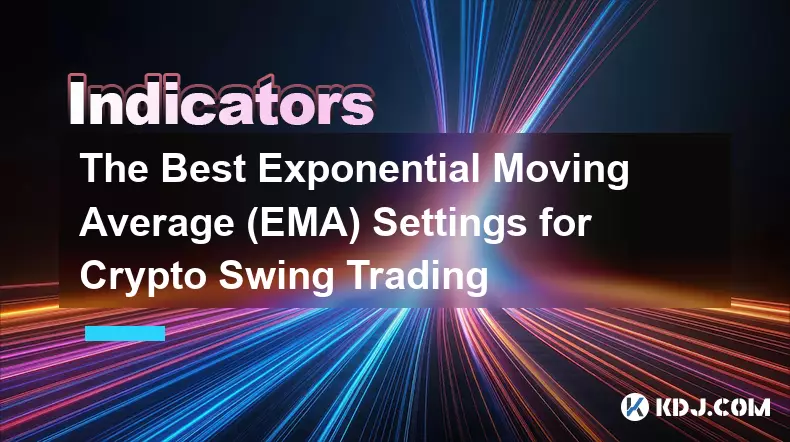
The Best Exponential Moving Average (EMA) Settings for Crypto Swing Trading
Oct 25,2025 at 04:55pm
The Best Exponential Moving Average (EMA) Settings for Crypto Swing TradingSwing trading in the cryptocurrency market relies heavily on identifying tr...
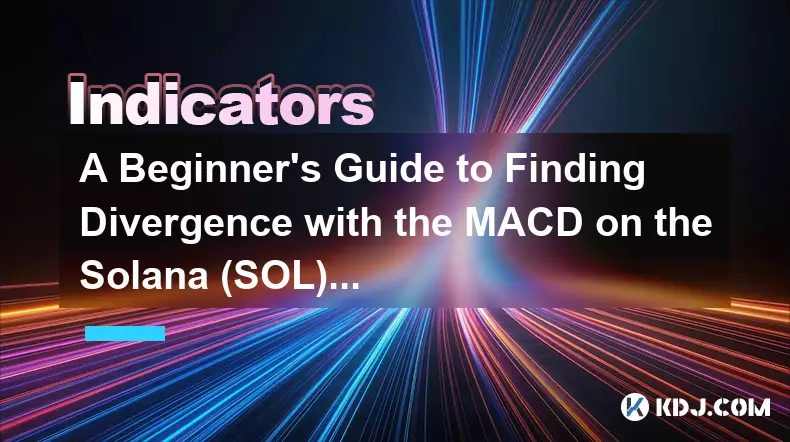
A Beginner's Guide to Finding Divergence with the MACD on the Solana (SOL) Chart
Oct 26,2025 at 12:36pm
Understanding MACD and Its Role in Solana Trading1. The Moving Average Convergence Divergence (MACD) is a momentum indicator widely used in cryptocurr...
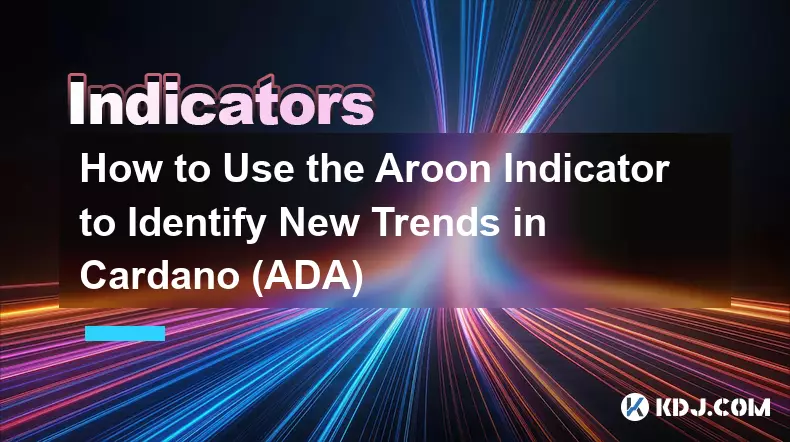
How to Use the Aroon Indicator to Identify New Trends in Cardano (ADA)
Oct 26,2025 at 10:18pm
Understanding the Aroon Indicator in Cryptocurrency Trading1. The Aroon indicator is a technical analysis tool designed to identify whether an asset i...
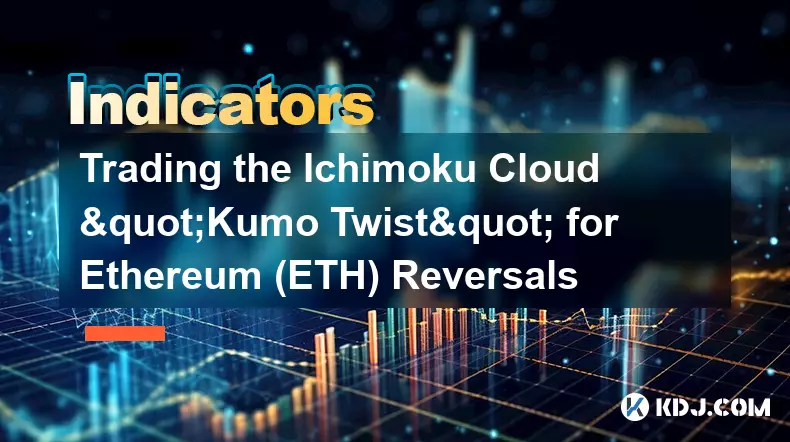
Trading the Ichimoku Cloud "Kumo Twist" for Ethereum (ETH) Reversals
Oct 27,2025 at 01:54am
Understanding the Ichimoku Cloud and Its Components1. The Ichimoku Cloud, also known as Ichimoku Kinko Hyo, is a comprehensive technical analysis tool...
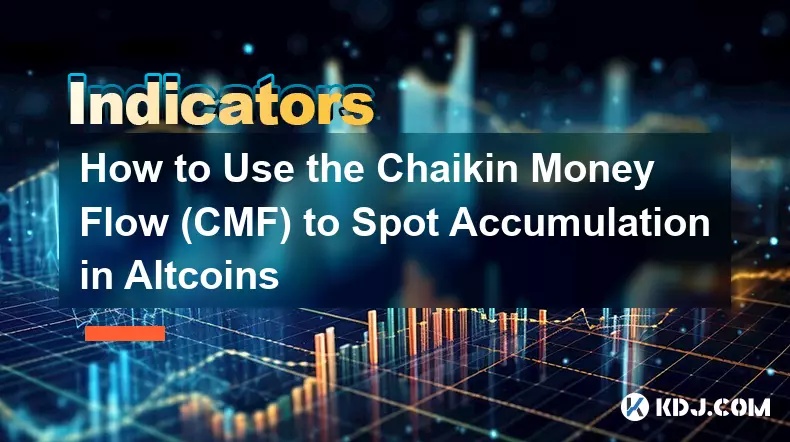
How to Use the Chaikin Money Flow (CMF) to Spot Accumulation in Altcoins
Oct 25,2025 at 08:18pm
Understanding Chaikin Money Flow in the Context of Altcoin Markets1. The Chaikin Money Flow (CMF) is a technical indicator developed by Marc Chaikin t...

How to Trade with the Keltner Channel Indicator on the Ethereum (ETH) Chart
Oct 28,2025 at 08:54am
Understanding the Keltner Channel in Ethereum Trading1. The Keltner Channel is a volatility-based technical indicator that consists of three lines: an...

The Best Exponential Moving Average (EMA) Settings for Crypto Swing Trading
Oct 25,2025 at 04:55pm
The Best Exponential Moving Average (EMA) Settings for Crypto Swing TradingSwing trading in the cryptocurrency market relies heavily on identifying tr...

A Beginner's Guide to Finding Divergence with the MACD on the Solana (SOL) Chart
Oct 26,2025 at 12:36pm
Understanding MACD and Its Role in Solana Trading1. The Moving Average Convergence Divergence (MACD) is a momentum indicator widely used in cryptocurr...

How to Use the Aroon Indicator to Identify New Trends in Cardano (ADA)
Oct 26,2025 at 10:18pm
Understanding the Aroon Indicator in Cryptocurrency Trading1. The Aroon indicator is a technical analysis tool designed to identify whether an asset i...

Trading the Ichimoku Cloud "Kumo Twist" for Ethereum (ETH) Reversals
Oct 27,2025 at 01:54am
Understanding the Ichimoku Cloud and Its Components1. The Ichimoku Cloud, also known as Ichimoku Kinko Hyo, is a comprehensive technical analysis tool...

How to Use the Chaikin Money Flow (CMF) to Spot Accumulation in Altcoins
Oct 25,2025 at 08:18pm
Understanding Chaikin Money Flow in the Context of Altcoin Markets1. The Chaikin Money Flow (CMF) is a technical indicator developed by Marc Chaikin t...

How to Trade with the Keltner Channel Indicator on the Ethereum (ETH) Chart
Oct 28,2025 at 08:54am
Understanding the Keltner Channel in Ethereum Trading1. The Keltner Channel is a volatility-based technical indicator that consists of three lines: an...
See all articles









































































